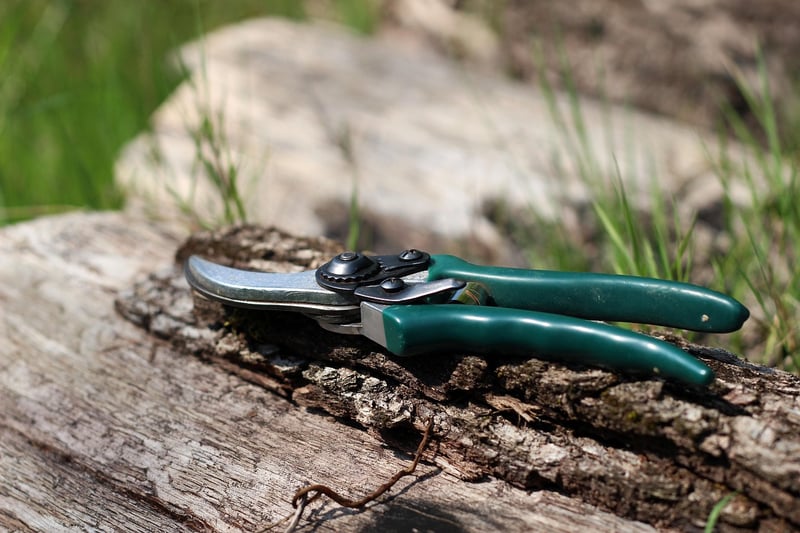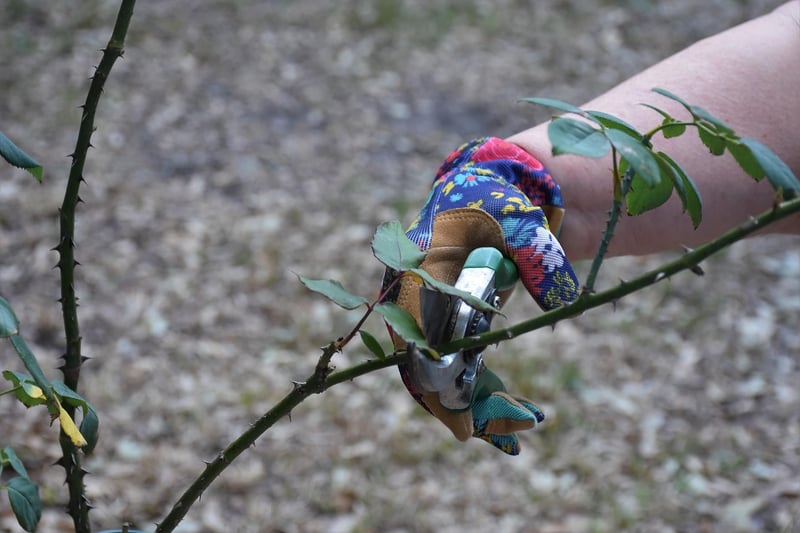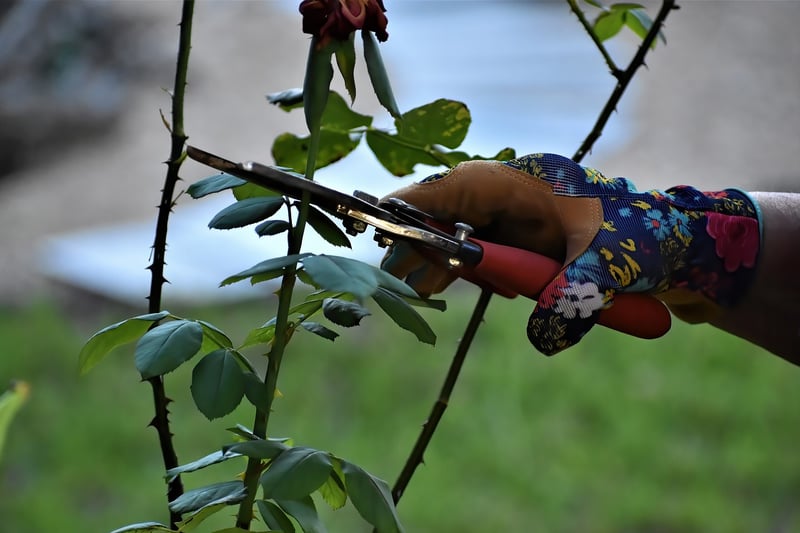Pruning Techniques
Essential Care Guidelines for Pruning Techniques
Introduction
Pruning is an essential horticultural practice that helps maintain the health and aesthetics of plants. Proper pruning techniques can promote growth, improve flowering, and enhance overall plant vigor. In this guide, we will explore the essential care guidelines for effective pruning techniques.
1. Tools for Pruning
Before you start pruning, ensure you have the right tools for the job. Essential tools for pruning include:
- Pruning shears
- Loppers
- Pruning saw
- Pole pruner
2. Timing of Pruning
It's crucial to prune plants at the right time to avoid damaging them. The general rule of thumb is to prune:
- Flowering shrubs after they bloom
- Fruit trees during their dormant season
- Deciduous trees in late winter or early spring
3. Techniques for Pruning
When pruning, follow these essential techniques:
- Remove dead or diseased branches first
- Make clean cuts at a 45-degree angle
- Prune just above a bud or a lateral branch
- Step back regularly to assess the plant's shape
4. Pruning Tips
Here are some additional tips for successful pruning:
- Avoid over-pruning, as it can stress the plant
- Regularly sharpen your pruning tools for clean cuts
- Consult pruning guides specific to the plant species
- Consider the plant's growth habit before pruning
By following these essential care guidelines and pruning techniques, you can ensure the health and beauty of your plants while promoting optimal growth and flowering.


For more in-depth information on pruning techniques, refer to Royal Horticultural Society's Pruning Guide.
